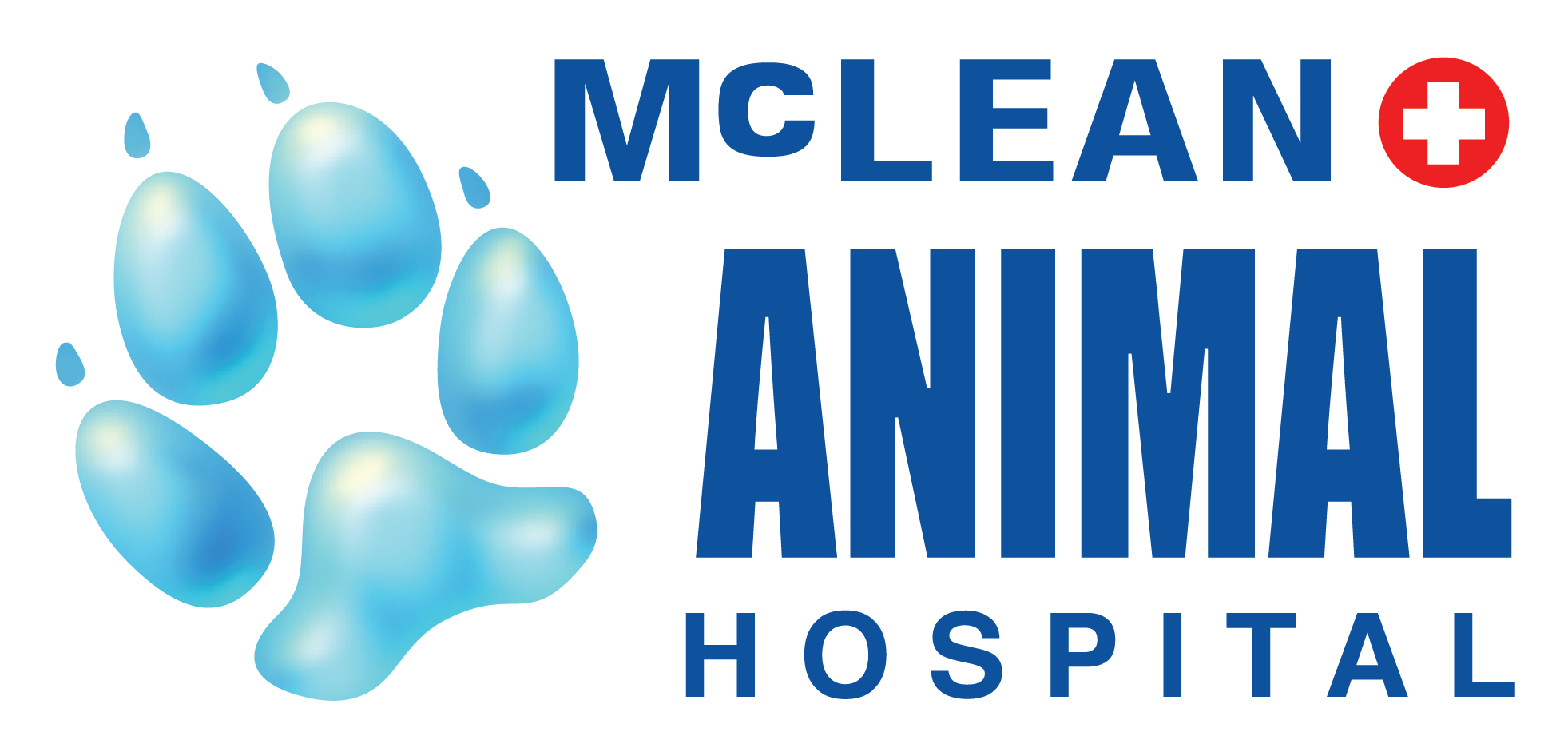Our skin is the largest organ of the body, therefore it is important to keep it healthy as it provides a barrier to infection.
What are the causes, symptoms & diagnosis of bacterial skin infections?
Bacterial skin infections may arise secondary to parasites (fleas and mites), allergies, scratching/licking, immune-mediated conditions, and ringworm. Symptoms include redness, flaking, and/or thickening of the skin, swelling, and discharge. We can diagnose skin infections with a swab or tape prep that is observed under a microscope and allows us to see bacteria and yeast.
What are the causes, symptoms and treatment for ringworms?
The causative agent of ringworm is a specific fungal infection. Symptoms include hair loss, red, itchy and crusty skin. The treatment includes an oral antifungal medication and multiple antifungal baths. Environmental clean-up is also recommended.
What are the causes and treatment for allergic skin diseases?
Allergies are a hypersensitivity to food and/or environmental factors. Common food allergens include but are not limited to: chicken, beef, lamb, soy, wheat, etc., because these are the most utilized ingredients in our pet food. In most cases, it is actually the ingredients that your pet has been exposed to throughout life that your pet will develop an allergy to. Environmental factors can be anything from grasses, weeds, molds, to dust mites in your house.
What are the causes and treatment for parasitic skin diseases?
Types of parasites that can affect the skin include fleas, mites (demodex, sarcoptes, ear mites), lice, and ticks. Treatment is dependent on the parasite found.
What are the causes and treatment for hormonal skin diseases?
Hormonal conditions that can affect the skin are Hypothyroidism and Hyperadrenocorticism, commonly referred to as Cushing’s. These conditions can lead to secondary bacterial or yeast skin infections and are treated with antibiotics or antifungal therapy as well as treating the underlying condition.





